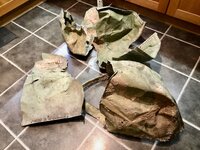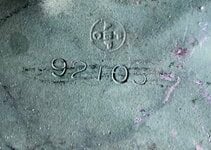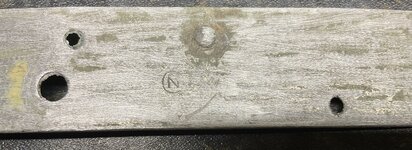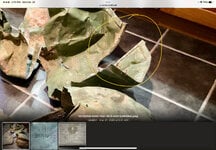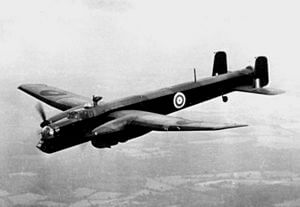Hello All,
Greetings from a newbie to the forum.
Some wreckage was washed up yesterday, close to RAF Lossiemouth in Scotland. I took them home for cleaning and
ID. I have found a part number and stamp, quite clearly visible. Would someone kindly help with ID please?
Numbers 92105 and a circular stamp with P, ABP and C.
Many thanks in advance.
Paul.
Greetings from a newbie to the forum.
Some wreckage was washed up yesterday, close to RAF Lossiemouth in Scotland. I took them home for cleaning and
ID. I have found a part number and stamp, quite clearly visible. Would someone kindly help with ID please?
Numbers 92105 and a circular stamp with P, ABP and C.
Many thanks in advance.
Paul.

